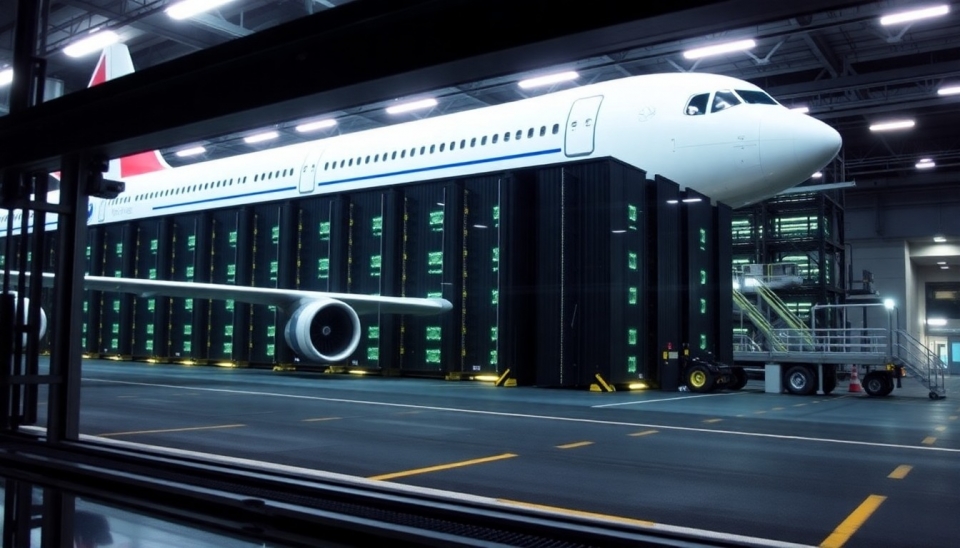
Recent evaluations have cast a spotlight on the inadequacies of Heathrow Airport’s backup systems, especially when contrasted with the more robust contingency plans in place at Britain's data centers and century-old textile mills. The analysis reveals that the nation’s critical infrastructure is better equipped for emergencies than one of the world’s busiest airports.
The focus of concern is Heathrow's vital power supply and data operations, which were put under scrutiny following a series of disruptions. Reports indicate that while Heathrow continues to rely on older systems, data centers and mills have adopted advanced technologies, ensuring they remain functional even during crises. This situation has raised alarms about the airport's ability to handle future challenges, especially given its significance in international travel and trade.
According to the analysis, data centers across the UK use cutting-edge cloud technology and failover systems, allowing them to effortlessly switch operations if primary systems fail. These facilities are equipped with multiple power sources, ensuring continuous operation even in the face of power outages. In stark contrast, Heathrow's primary systems lack redundancy, which could lead to disastrous consequences during peak travel times or unforeseen disasters.
Moreover, the historical textile mills, many of which have adapted their operations to remain relevant in today’s economy, are also better prepared. These facilities have incorporated modern technology and backup provisions that enhance their resilience to power disruptions and operational halts. The adaptation of these older establishments showcases a commendable initiative to preserve legacy structures while integrating innovative resilience strategies.
This comparison not only highlights the vulnerabilities at Heathrow but also serves as a call to action for the airport's administration to elevate its emergency preparedness measures. As the volume of travelers continues to soar globally, the urgent need for a reassessment of their backup systems becomes increasingly apparent. Stakeholders are urged to draw lessons from both the data centers and reconstructing mills to bolster their operational stability in an age where reliability is crucial.
In conclusion, as the airport industry grapples with challenges around efficiency and crisis management, the disparity highlighted by the examination serves as a wake-up call. Greater attention to infrastructure resiliency, especially at such a pivotal transport hub, is imperative to safeguard against future disruptions and to maintain the trust of global travelers.
In summary, it's time for Heathrow to revamp its backup strategies to avoid being outpaced by not only true modern facilities like data centers but also by century-old mills proving that longevity can go hand in hand with modern readiness.
#Heathrow #DataCenters #Infrastructure #BackupSystems #CrisisManagement #AirportSecurity #Resilience #PowerSupply #UKIndustries
Author: Liam Carter




